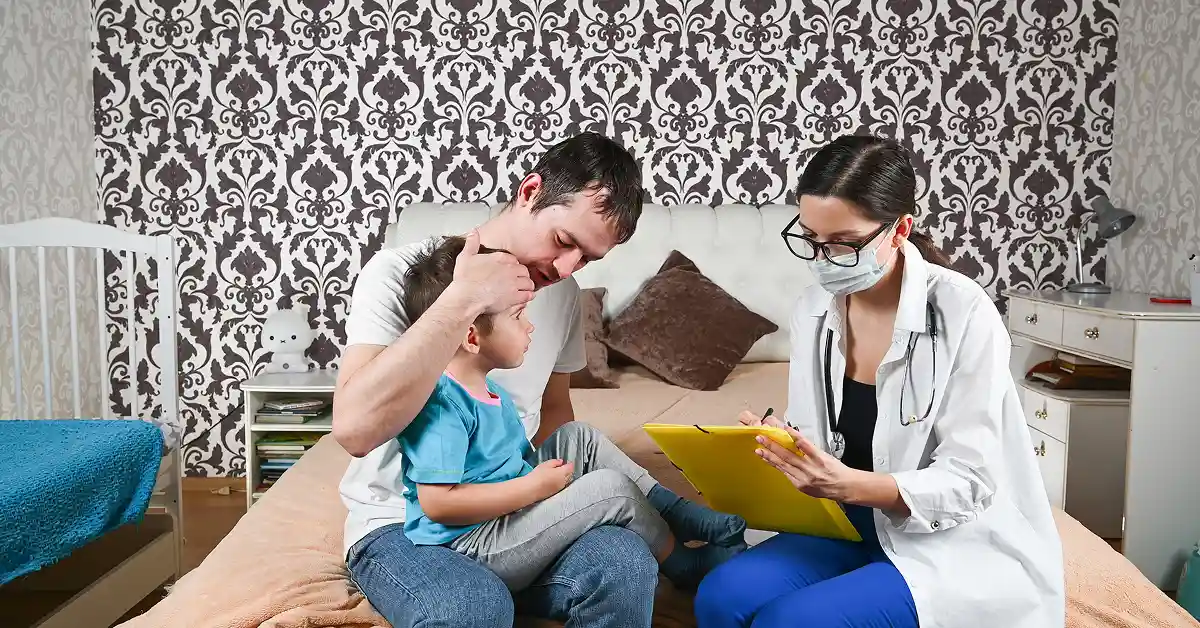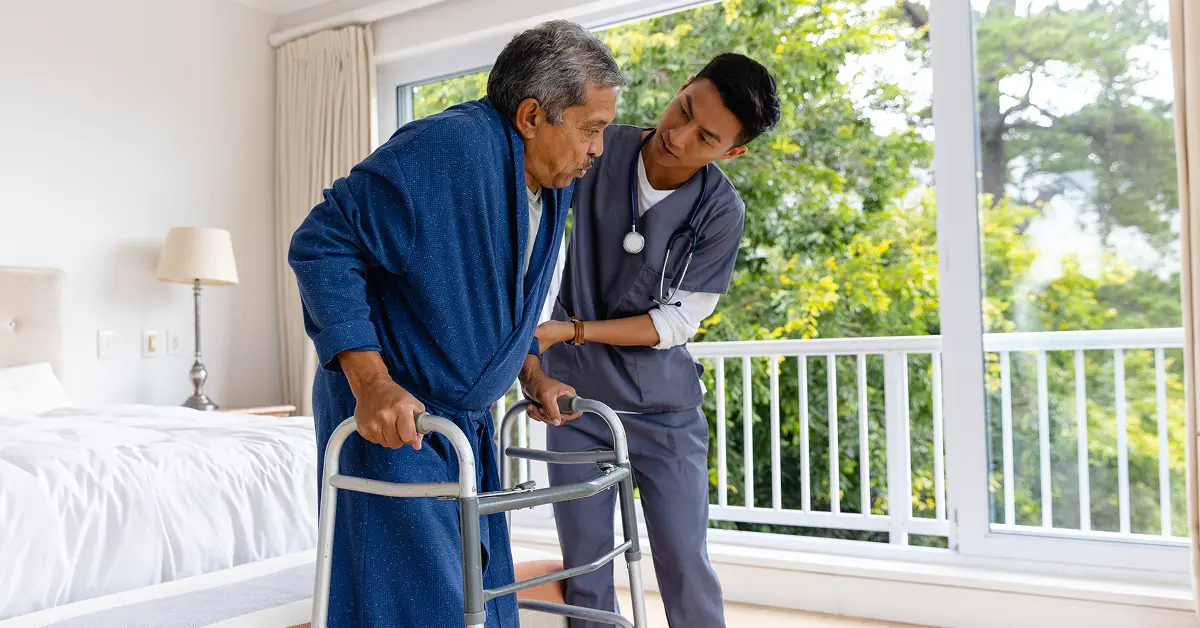When a loved one is discharged from the hospital, the recovery journey continues at home. One of the most crucial aspects of Hospital Discharge is monitoring vital signs. Tracking vital signs such as blood pressure, heart rate, oxygen saturation, temperature, and respiratory rate helps ensure that the patient is stable and progressing well. In India, with increasing cases of chronic illness, post-operative care, and elderly health conditions, understanding how to monitor these signs can help reduce readmissions and promote quicker recovery.
Why Monitoring Vital Signs Is Important at Home
Monitoring vital signs at home allows early detection of complications, provides real-time data for doctors, and ensures peace of mind for families. After discharge, the patient is still in a delicate phase. The body's healing process needs to be observed carefully. Abnormalities in vital signs could indicate infection, internal bleeding, or other complications that require prompt attention.
Key Vital Signs to Monitor
Body Temperature
A rise in temperature can be the first sign of an infection, especially after surgery or illness. A digital thermometer can be used to check body temperature twice a day or as advised by the physician.
Blood Pressure
High or low blood pressure can be dangerous for patients recovering from cardiac issues or stroke. Use an automated BP monitor for accurate readings. Keep a log and report any sudden changes to the doctor.
Heart Rate (Pulse)
Monitoring the heart rate helps in detecting stress, dehydration, or cardiac problems. Normal resting heart rate for adults is between 60–100 beats per minute. Pulse oximeters or fitness bands can be used.
Oxygen Saturation (SpO2)
Especially important for patients recovering from COVID-19, pneumonia, or chronic respiratory diseases. A reading below 94% is concerning and needs immediate medical attention.
Respiratory Rate
The number of breaths taken per minute can indicate lung or heart issues. Normal range is 12–20 breaths per minute. If it's higher or lower, consult a doctor.
Tools and Devices for Monitoring
Investing in reliable, user-friendly monitoring devices is essential. Common devices include:
- Digital thermometer
- Automatic BP monitor
- Pulse oximeter
- Glucometer (for diabetic patients)
- Weighing scale (for monitoring fluid retention)
Ensure the devices are from reputed brands and regularly calibrated. In India, brands like Omron, Dr. Morepen, and BPL Medical offer trusted home monitoring equipment.
Recording and Reporting
Maintain a daily health diary to record all vital readings. This information is valuable during follow-up visits and can help doctors identify patterns or risks. Use mobile health apps if digital tracking is preferred.
Share these logs with your family doctor or specialist, especially if any of the readings fall outside the normal range.
Role of Caregivers in Vital Sign Monitoring
In Indian households, many families rely on trained caregivers or home nurses for post-discharge support. These professionals are trained to monitor vital signs, operate devices, and identify early signs of deterioration.
If hiring a caregiver, ensure they are experienced, preferably with a background in nursing. Agencies like Portea, Nightingales, and Vivan Angels provide trained staff across major Indian cities.
When to Seek Medical Help
While regular monitoring helps in tracking progress, it's also critical to know when to escalate care. Seek immediate medical attention if:
- Temperature crosses 100.4°F (38°C) persistently
- Blood pressure is consistently above 140/90 or below 90/60
- Heart rate goes above 110 or below 50 bpm
- Oxygen saturation drops below 94%
- Severe shortness of breath or chest pain
Tips for Effective Monitoring
- Stick to a routine: Check vitals at the same time every day.
- Clean devices regularly to avoid infection.
- Ensure the patient is resting before taking measurements.
- Keep the environment quiet and stress-free.
- Educate family members on how to use the devices properly.
Benefits of Home Monitoring
Regular home-based monitoring offers several benefits:
- Reduces hospital readmissions
- Provides early warning signs
- Builds patient confidence and comfort
- Strengthens communication with healthcare providers
- Saves cost on emergency services
Conclusion
Post-hospital care doesn’t end with discharge. Monitoring vital signs at home is a powerful way to ensure recovery, prevent complications, and improve patient outcomes. With the right tools, awareness, and support from caregivers, Indian families can manage this responsibility effectively. By keeping a close watch on the patient’s vital signs, you not only ensure their safety but also offer them the best chance for a healthy, speedy recovery.
Contents
Our 24*7 services
Latest Posts
- What Is Respite Care and Why Is It Important
- Affordable home care for senior citizens in India
- Caring for Seniors with Dementia or Alzheimer's at Home
- Senior Caregiving A Guide for Every Family
- How to Write a Caregiver Resume That Gets You Hired
- How Care After Hospital Discharge Speeds Up Recovery at Home
- How to Get Home Health Care for Seniors Through Medicare
- What Does a Senior Citizen Caregiver Really Do at Home
- How to Care for Elderly Parents with Alzheimer’s or Dementia
- How to Get 24-Hour Care for Seniors at Home



